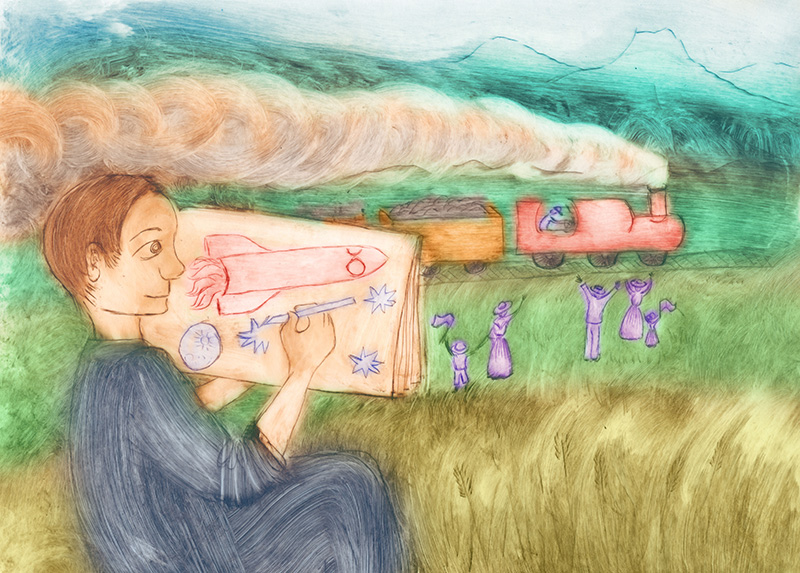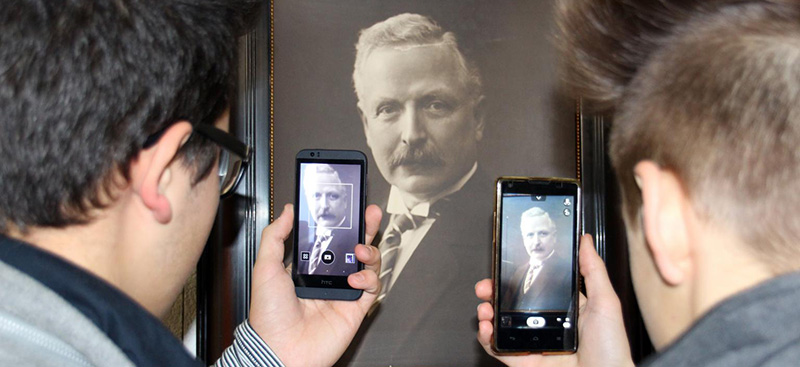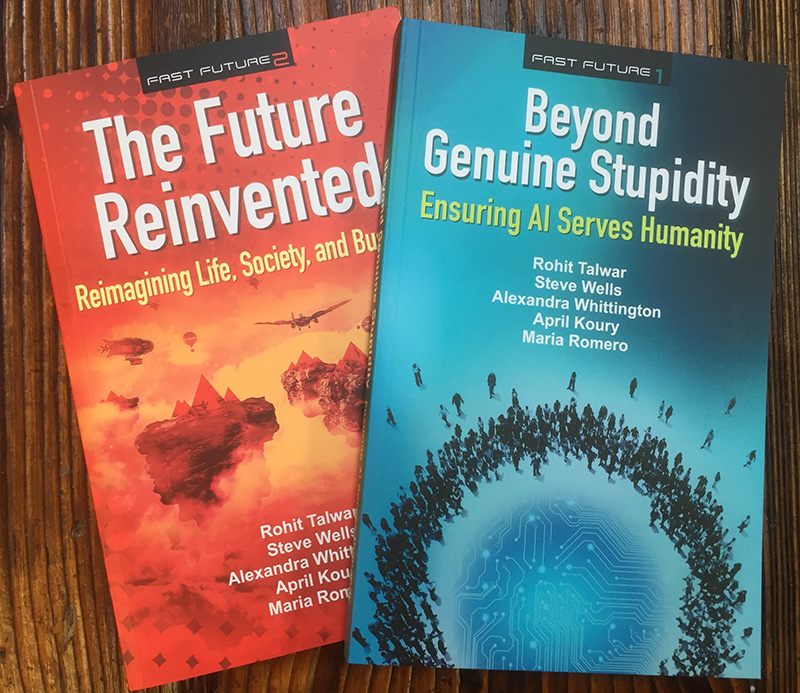We are entering the fourth industrial revolution. Like all revolutions it changes the way we live and work and replaces previous technologies.
The Fourth Industrial Revolution

The first industrial revolution is categorised with the refinement of steam power. This progressed the industrial revolution in the 18th century. We could now mechanise production. The second industrial revolution was the development of mass production, started by Henry Ford’s assembly line in 1913. Following this is the third industrial revolution and the information era which enabled us to automate production. This began with the introduction of the transistor in 1947, the computer in the 1080’s and World Wide Web in the 1990’s.
So what is the fourth industrial revolution? Characterised by connectivity, it draws together the physical, digital and the biological. With the rapid development of robotics, virtual reality, 3D printing, autonomous vehicles, connected systems across the world, the Internet of Things, big data, and Artificial Intelligence, nanotechnology, biotechnology, materials science, quantum computing, and energy production and storage.
It has the potential to increase wealth and health globally, and equally has the potential to disrupt labour markets and create greater inequalities. For certain the improvements in technology will give huge advantages to those who have access to it, and create a greater divide between those who have and those who have not. To tap the potential of the human race we need to make sure that everyone has access to these advantages. And access is an area that is developing. Access to the collective knowledge of the internet through mobile devices, and improving connectivity. We may not yet know the full impacts of our technology as it develops, but one thing is certain, that future markets, jobs and careers will change rapidly, characterised by retraining and finding new work and income opportunities in response to the rapidly developing economies world-wide.
The importance of art and culture and the Fourth Industrial Revolution

In his keynote speech at the recent Tech conference at Microsoft, Steve Wells suggests that 46% of primary school children today will be working in jobs that have not yet been invented. How do we prepare these children for a market that we can’t even describe? What should we be teaching them if we don’t even know what kind of world they will be living in? Work places are changing, the way we work together and collaborate are developing. The most important thing we can teach therefore, is to be flexible, to be willing to learn new things and to be a life-long learner. The most important skill they can learn is to be a creative problem solver, to respond to the challenges of creating a completely new world. We need to encourage a culture of learning and flexibility.
This is an opportunity for the Arts to finally be given the true value that they represent. Learning arts and creative thinking will equip our children to be the problem solvers they need to be in the future. Creating any Art artefact involves bringing into being something that does not yet exist. To do this we need first need to learn how to overcome our own internal inertia, by developing our mindset, and taking control of our thinking processes. The next thing we need to master is external inertia, we have to manipulate materials to do what we want them to do, to reflect or represent what we have imagined. This process is complex and takes a lot of practice, it is not as straight forward is it looks, as any art practitioner will tell you. These processes alone will teach persistence, problem solving and how to bridge the gap between our imaginations and the physical manifestation of our ideas. And there is more. The process develops to involve thinking about how what we could make can improve our audience’s experience of life, and getting the feedback of how what we have made has been received and understood by our audience.
But there is an even more important link with the arts that is often overlooked. Have you noticed that the fantastic new technology that we currently have is foreshadowed by science fiction novels, closely followed by their Hollywood blockbuster counterparts. Creatives let loose their imaginative vision of the future, what is possible, what would be amazing? Usually combined with a warning of what we need to address before this technology can truly serve us. This then prepares humanity for the next step in the process, that is to start developing this technology whilst having the conversation about how we can avoid the problems explored in the creative forerunner. It is therefore no coincidence that 2001: A Space Odyssey (1968) presented the wonderful world of potential for Artificial Intelligence, along with a terrible warning of what could go wrong if we don’t pay heed. The Terminator (1984) offered us a vision technology that blew our minds at the time, but now some of this is actually in development. The writer as an artist is our blue-sky thinker. The Visual Effects department is our blue-sky technology designer. The artists show us a dream, an idea, a possibility. This is what the future is built from. We need to value our arts culture, to aid us in the fourth industrial revolution.
Preparing the next generation

These are the skills and awareness’s that our new generation need to equip them for a future that has not yet been created. That is full of rapid change. That will demand them to change their work habits and careers to match the opportunities that appear overnight and vanish just as quickly. They will need to move fast, learn quickly and accept moving on. They will need to be creative in their approach to creating their wealth. Most of all they will need to create a vision of the future, a blue-sky vision, and then make that world.
At the moment, we have a collision of worlds. The analogue generation colliding with the digital generation, a linear way of thinking colliding with a digital, collaborative approach. We have to prepare a new generation for a world that we have no experience of, that we may not even be able to visualise. They have grown and are developing in a new era, with possibilities that to us where science fiction, but to them are practical realities.
The future is unfolding, it’s up to us to equip the new generation to make sure that it contains everything they want for it.
From steam to STEAM

We started with steam power, which got the ball rolling to change the world in unprecedented ways. We now respect the vision and creativity needed for technology to truly serve, Art is added to STEM and we have finally arrived at STEAM again as the cornerstones of shaping our future. Let’s value and enhance our creative arts culture, and promote a culture of ongoing learning, flexibility and blue-sky thinking. That way we will make the fourth industrial revolution one that increases wealth and health globally, crosses the divide between the haves and have not’s, and taps the true potential of the entire human race.
Food for thought from Future Publishing

Steve Wells is the Chief Operating officer at Fast Future Publishing which produces a series of books exploring the trends, forces, ideas and developments shaping the future, and discussing scenarios that could arise. Each book is a collection of articles exploring different aspects of the future and how we can respond to best serve humanity.
I hope you enjoyed this post, if you have any thoughts on this subject please post them below. Are you ready for the fourth industrial revolution?
Thank you.
